The dark underbelly of our favorite fish. In January 2020, we sat in a crowded community center in Mahone Bay, a village near our home on the …
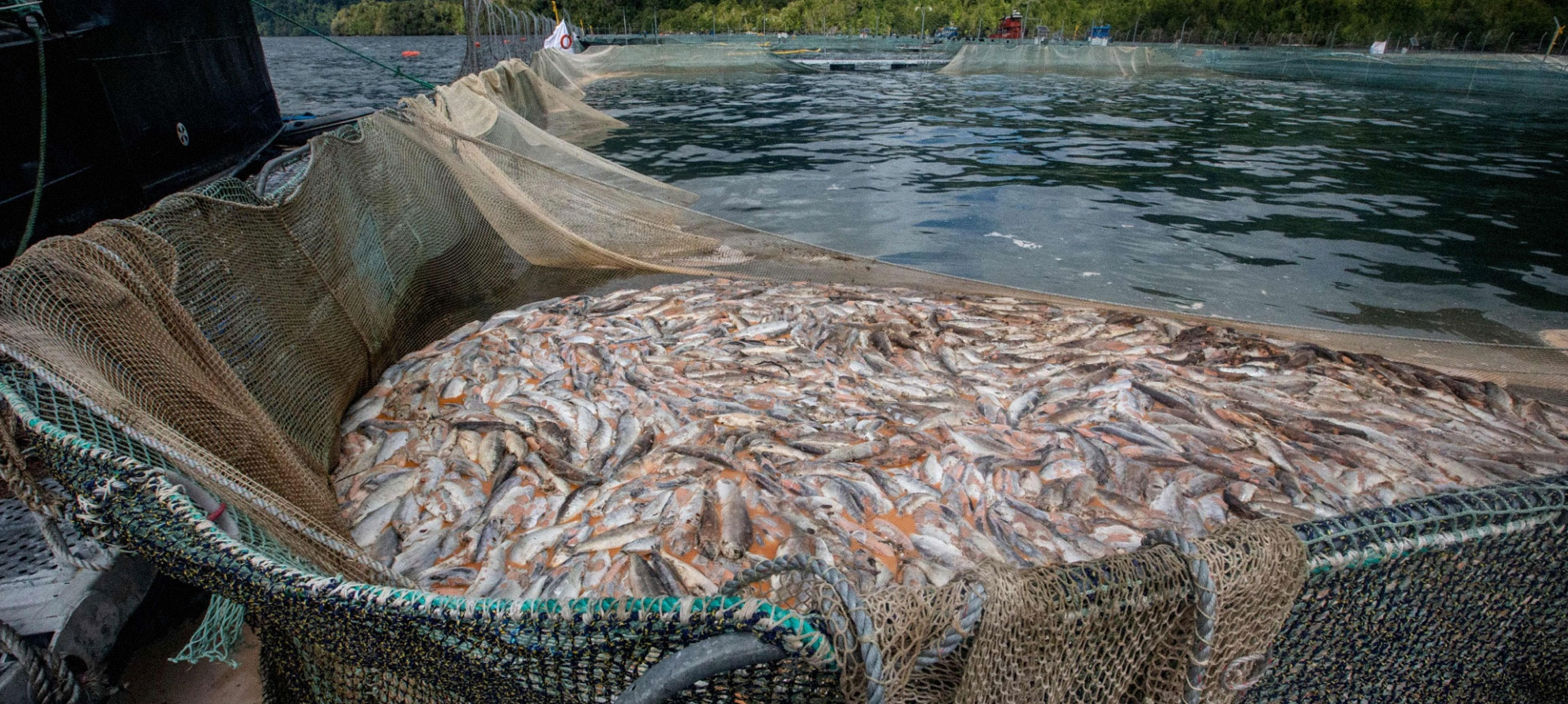
10.11.2023
WORDS BY DOUGLAS FRANTZ AND CATHERINE COLLINS
Origins of Salmon Wars:
The Dark Underbelly of Our Favorite Fish
In January 2020, we sat in a crowded community center in Mahone Bay, a village near our home on the South Shore of Nova Scotia in eastern Canada. A neighbor had mentioned that a civic organization was sponsoring a public meeting on the threat from proposals to install more than 20 new open-net pen salmon farms along our coast. We listened to environmentalists, community activists and lobster fishers voice deep concerns about the potential damage from these floating feedlots. We went out of curiosity. We left with a plan.
INDEX
1. In the marine waters of the Northwest, these orca whales prey exclusively on fish—and not just any fish: salmon, and preferentially Chinook, the biggest salmon in the Pacific. In this, these orcas (sometimes called Southern Residents) have plenty in common with some of the other longtime native residents of this place: the Lummi Nation.
2. In the Lummi language, the local orcas are called Qwe ‘lhol mechen.
3. When the Lummi first came to this Douglas fir and cedar cloaked land and its glacially carved bays and inlets, the Southern Residents were here to greet them.
We were not newcomers to the damage caused by these farms. Nearly 30 years earlier, Catherine’s father, Paul Collins, an avid angler, had been alarmed by the impact of a single small salmon farm in Liverpool Bay near his oceanside cottage. Like many, he initially hoped the emergence of this new type of aquaculture would help take pressure off the dwindling number of wild Atlantic salmon. Within a year, Paul took a small boat out to the farm to see what effect, if any, the farm had had on the surrounding environment. What he found was a dead zone around the farm, created by the accumulation of excess feed, excrement, and pesticides.
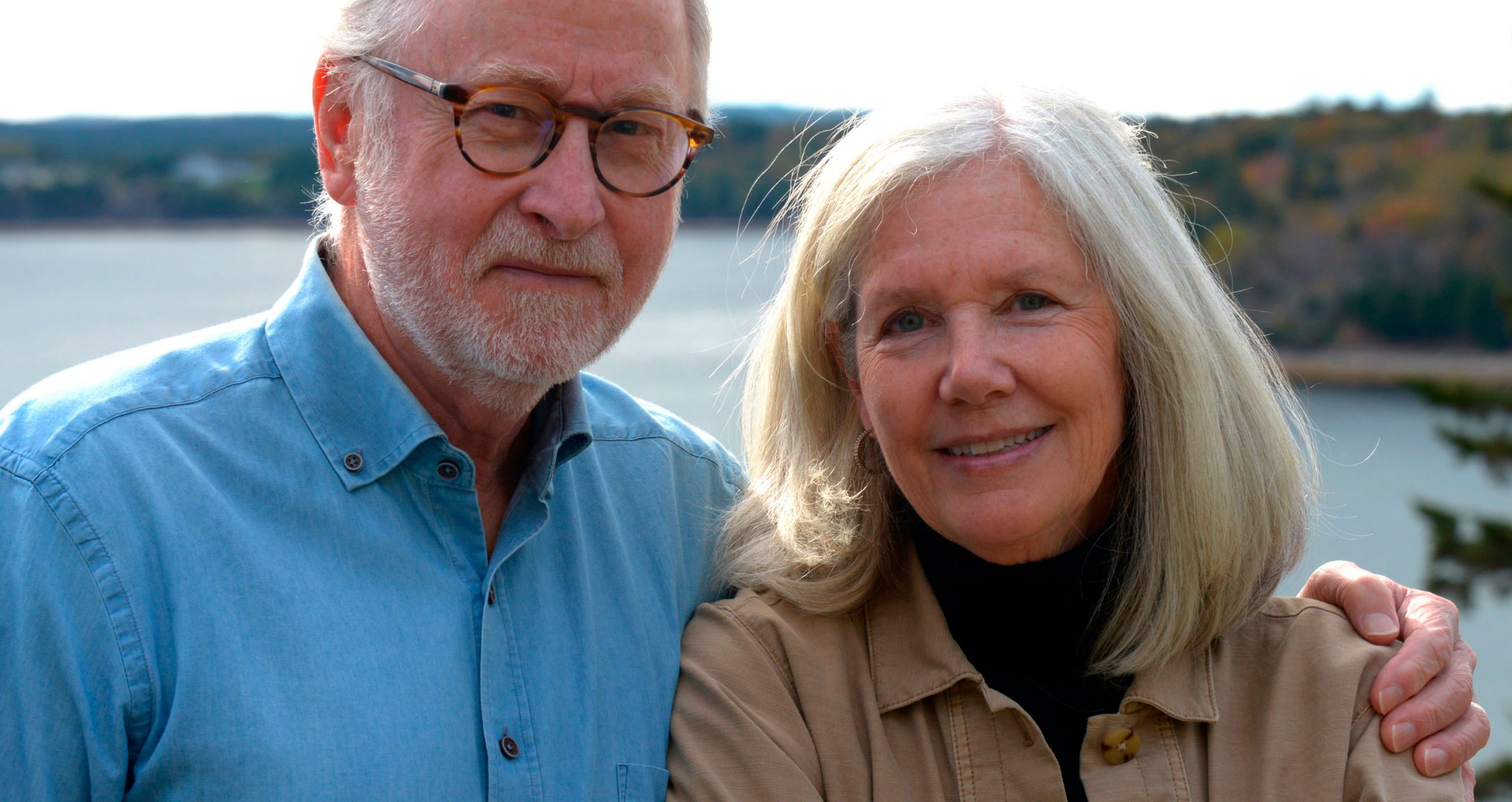
In truth, we had not thought much about that small salmon farm in the years that followed. Like many people, we bought “fresh Atlantic salmon” from Whole Foods, Costco, and other markets. “We were busy at work and raising three kids, so we hoped that the marketing hype that salmon was healthy and naturally raised was accurate.”
“But after the meeting in Mahone Bay, we started to think about what we had been eating, and about whether our choices were damaging the environment and possibly our family’s health.”
To find the answers, we did what we had done throughout our careers – we investigated.
Both of us have extensive backgrounds as newspaper reporters and as professional investigators. After 37 years as a newspaper reporter and editor, Doug became chief investigator for the U.S. Senate Foreign Relations Committee in 2009. Catherine took the skills she developed as a reporter and prize-winning foreign correspondent into a new field and became a private investigator specializing in international financial fraud about the same time.
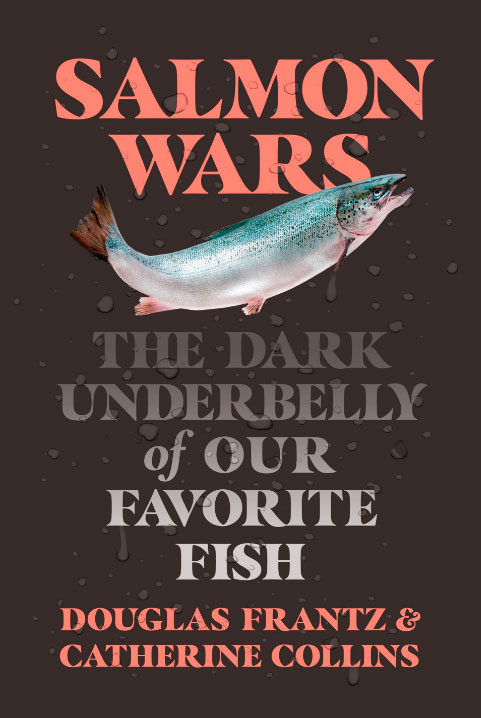
SALMON WARS
BY DOUGLAS FRANTZ AND CATHERINE COLLINS
BY DOUGLAS FRANTZ AND CATHERINE COLLINS
By 2020, we had already written several books together on topics ranging from the Holocaust at sea to nuclear weapons trafficking. We applied our collective skills to the salmon farming industry. We interviewed scientists, physicians, fishers, activists, and those in the business of aquaculture. We read academic studies and court papers and uncovered previously undisclosed criminal files. We traveled to salmon farms at sea and on land. The result was Salmon Wars: The Dark Underbelly of Our Favorite Fish, which was published in July 2022.
The book tells compelling stories of people on both sides of the net, but our findings can be summarized in the answers we found to three critical questions swirling around the $20-billion-dollar global salmon farming industry.
First and most important, is eating farmed salmon healthy? Doctors recommend salmon for protein, nutrients, and heart-healthy omega-3 fatty acids. The American Heart Association suggests consuming at least two servings of fish a week. But they rarely spell out the kind of salmon you should eat or warn of the dangers from fish that spend their lives swimming in their own feces and being doused with pesticides and antibiotics.
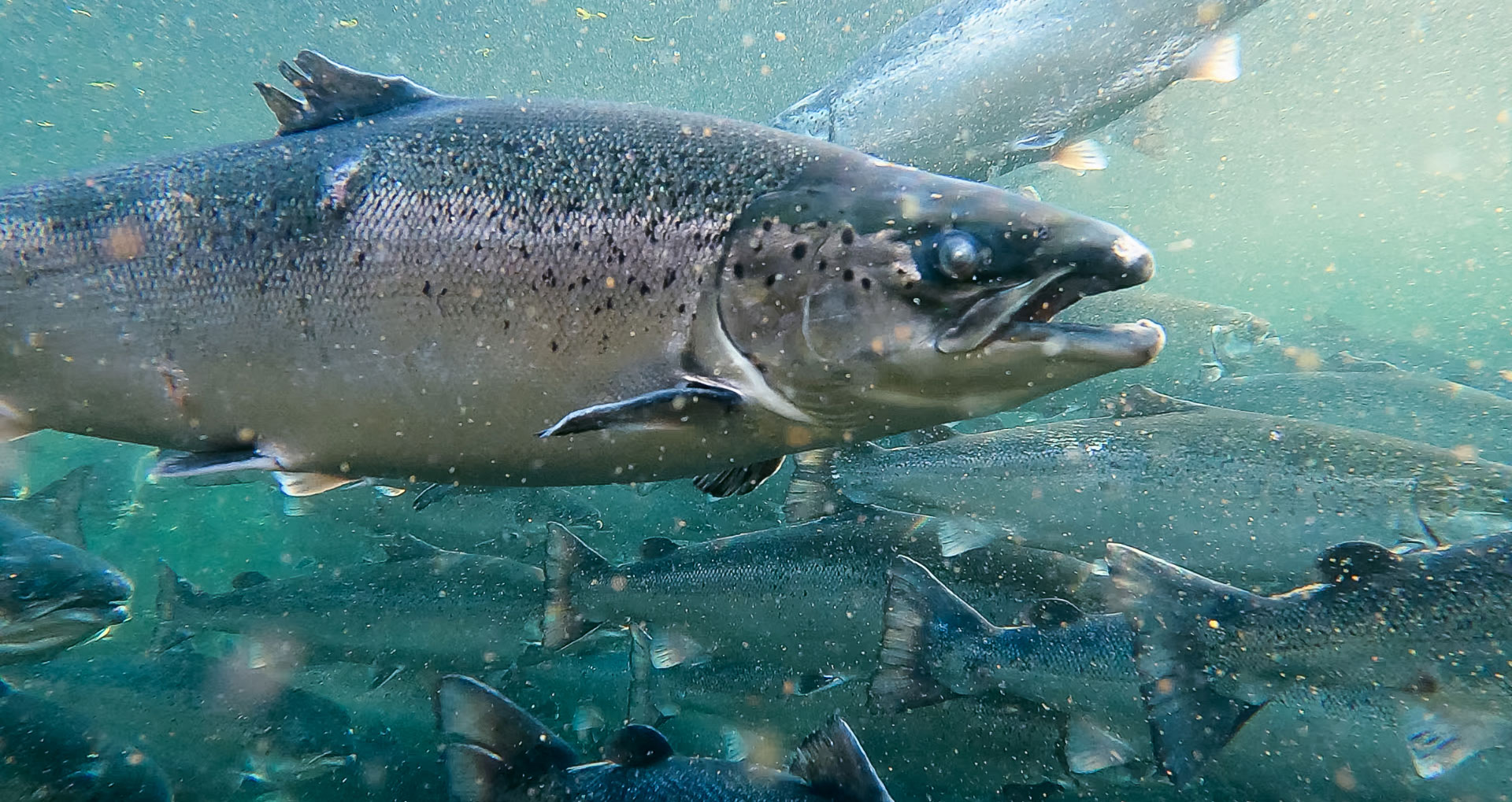
Many experts and scientific studies cast doubt on the blanket claim that salmon should be part of a healthy diet when the fish comes from open-net farms. Some farmed salmon may be safer than other types, but consumers rarely have enough information to make that choice.
Labels are unlikely to disclose that the salmon was farmed, let alone identify the chemicals used to raise it.
The U.S. Department of Agriculture doesn’t even have a definition for organic salmon. This is not a new problem. As early as 2004, scientists found levels of polychlorinated biphenyls, a probable carcinogen known as PCBs, seven times higher in farmed Atlantic salmon than in wild salmon. More recent studies found high levels of other chemicals and antibiotics in farmed salmon. Toxins often wind up in salmon flesh and accumulate in people who eat the fish.
Some studies warn that a single meal per month of farmed Atlantic salmon can expose consumers to contaminant levels exceeding standards from the World Health Organization. The risk is greatest for infants, children, and pregnant women because of the potential harm from contaminants to developing brains.
Second, is farmed salmon sustainable? Salmon farmers advertise their fish as naturally raised and a solution to the global protein shortage. These assertions are deceptive.
Twenty-five percent or more of the feed for farmed salmon comes from anchovies, sardines, mackerel, herring, and other small forage fish that should be eaten by people, not fish. Huge trawlers pillage the fisheries off the coast of West Africa and Peru, robbing subsistence fishers of their livelihood and increasing food insecurity. Put in the starkest terms, the United Kingdom charity Wildfish.org estimates that 440 small, wild fish are ground into fish meal to feed a single farmed salmon to reach market weight.
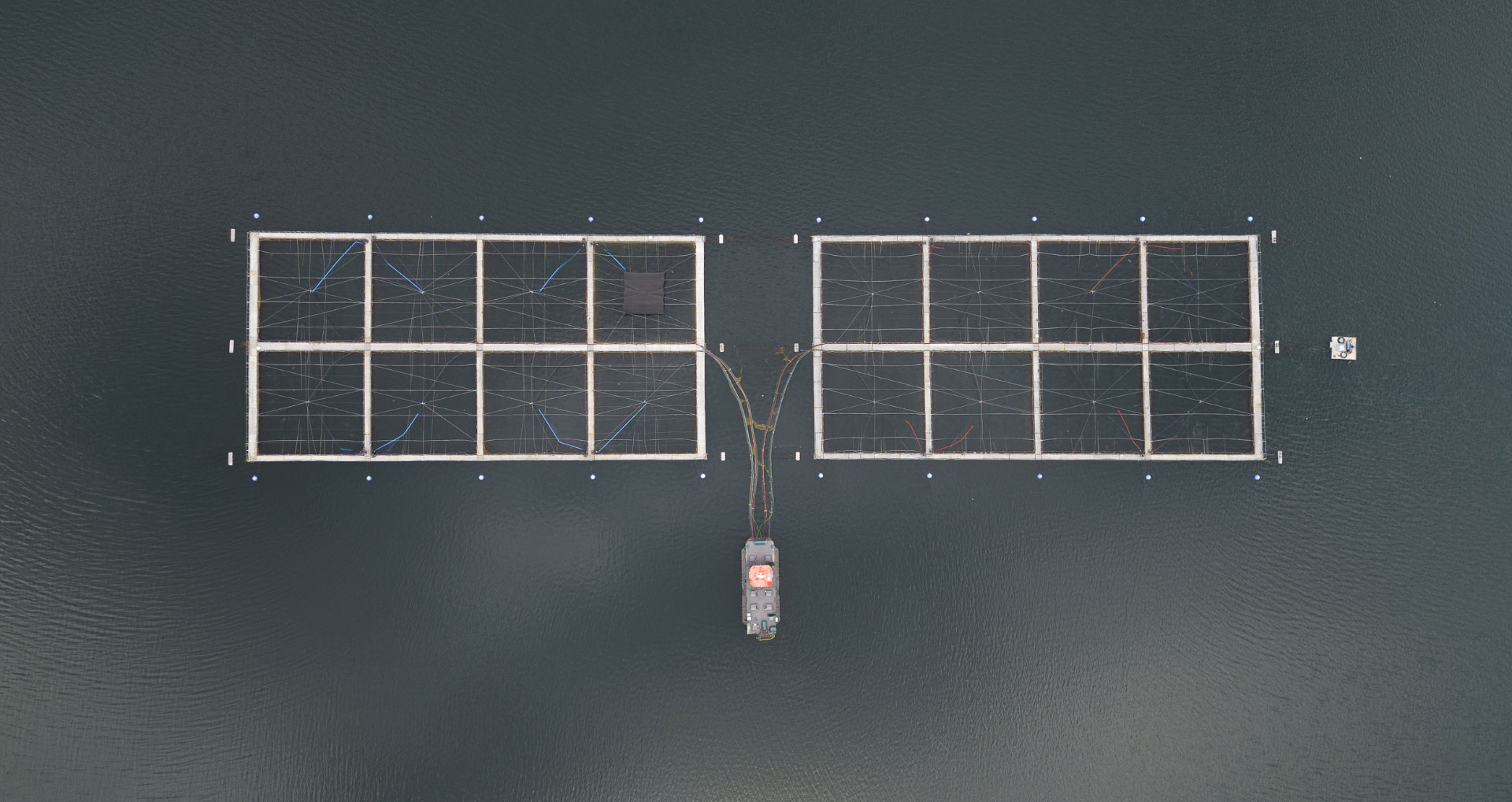
From a fish welfare perspective, open-net-pen salmon farms have the highest mortality rate of any animal food production.
The best estimates we found were that 20 to 25 percent of farmed salmon die every year before they can be harvested. Feedlot cattle die at a rate of 3.5 percent a year; factory chickens, 5 percent.
Finally, do salmon farms harm the environment? You be the judge.
The fish spend two to three years in open-net-pen farms that contain up to a million salmon jammed into 10 or 12 cages. The pens extend 30 feet below the surface and are anchored to the seabed. The cages are petri dishes for tiny parasites called sea lice and many viruses that kill farmed fish and endanger wild salmon when currents carry them outside the farms.
Massive doses of pesticides, including banned neurotoxins, and antibiotics are deployed against parasites and pathogens. Some of the residue winds up in the salmon flesh, some of it falls to the seabed below the cages. Untreated waste from excess feed, decomposing fish, excrement, and chemical residue forms a toxic stew that kills lobsters and drives away marine life for hundreds of yards. One photo we found showed a yardstick stuck to the 32-inch mark in slime beneath a salmon farm. Interestingly, the salmon industry’s attack on our book focused on that photo. Industry flaks claimed the picture was either faked or taken near a trout farm. We knew the where, when and who of that photo, and we had the documentation to prove it.
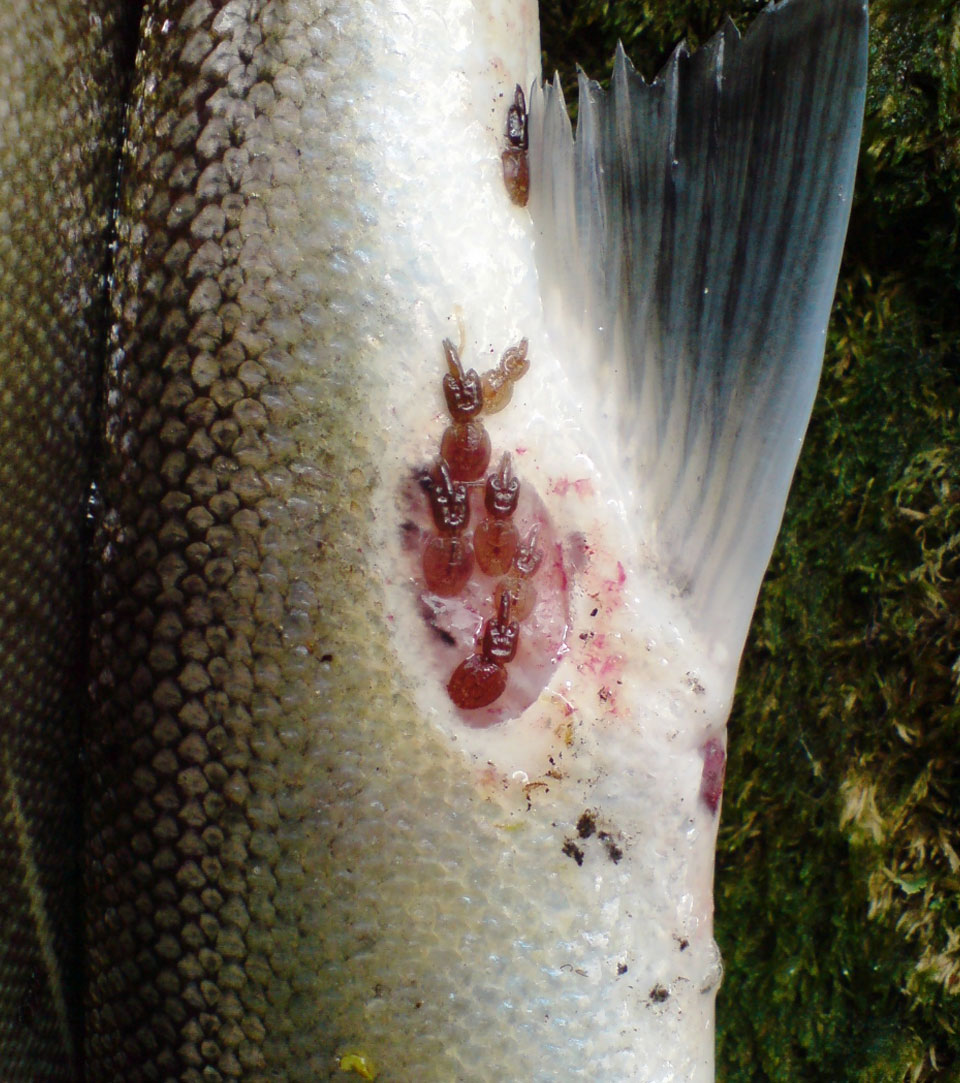
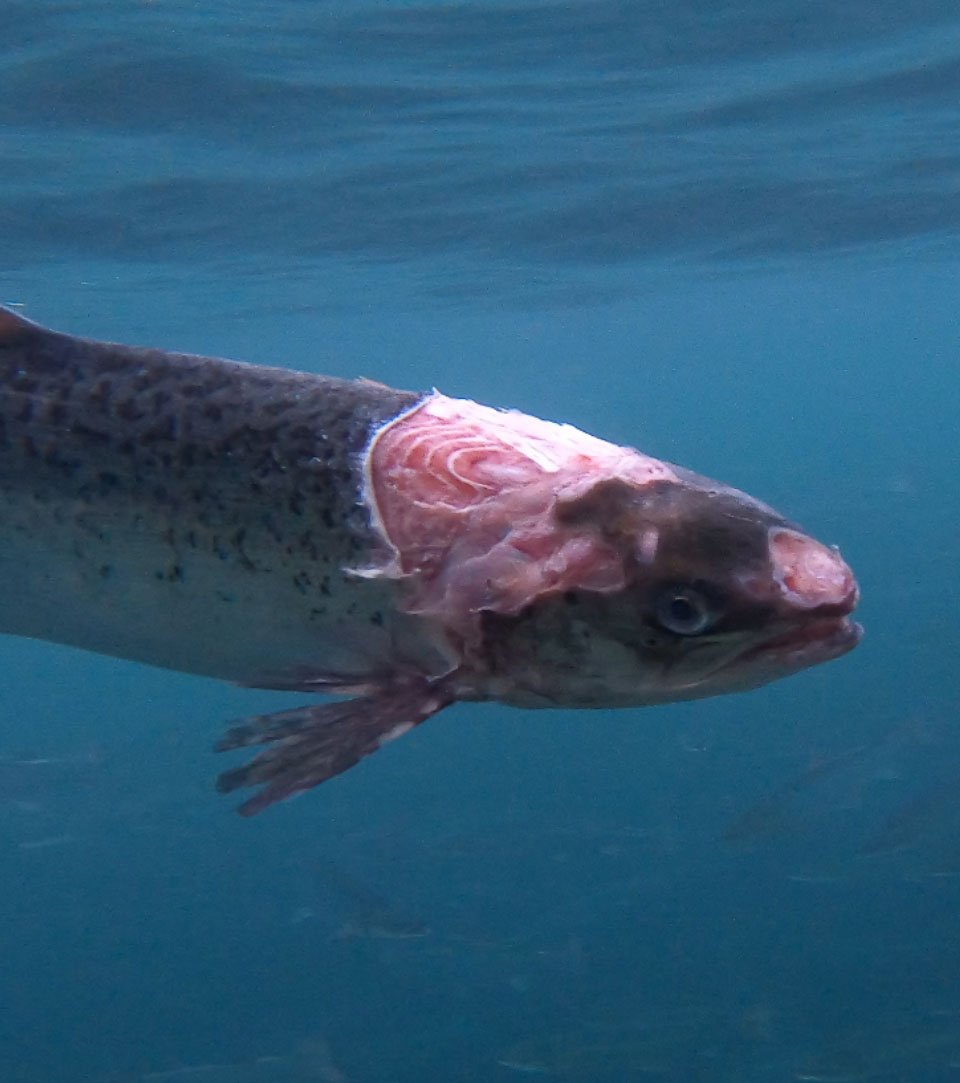
The attempt to discredit the photo was part of a campaign conducted by industry representatives against our book. The efforts echoed attacks on the scientists who exposed the toxins in farmed salmon back in 2004 and on almost every critic of the industry since. Did the industry answer our questions before we published the book? No. They refused repeated requests for interviews and information, preferring to respond after the fact through paid representatives and the captive industry press.
Since the book’s publication a year ago, we have remained involved in the campaign to get open-net-pen salmon farms out of the water. There are plenty of other fish from which to choose. And if you want to stick with salmon, we believe that land-based salmon farms are a healthier and more environmentally friendly way to meet the global demand for salmon. Profits are too high and accountability too low for the open-net-pen industry to change on its own. Consumers must be willing to take this inferior fish off the table for the sake of the planet and its people.

